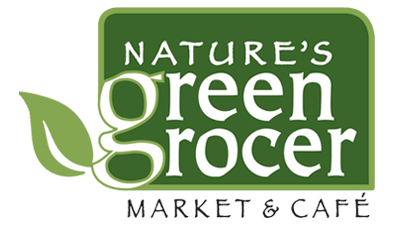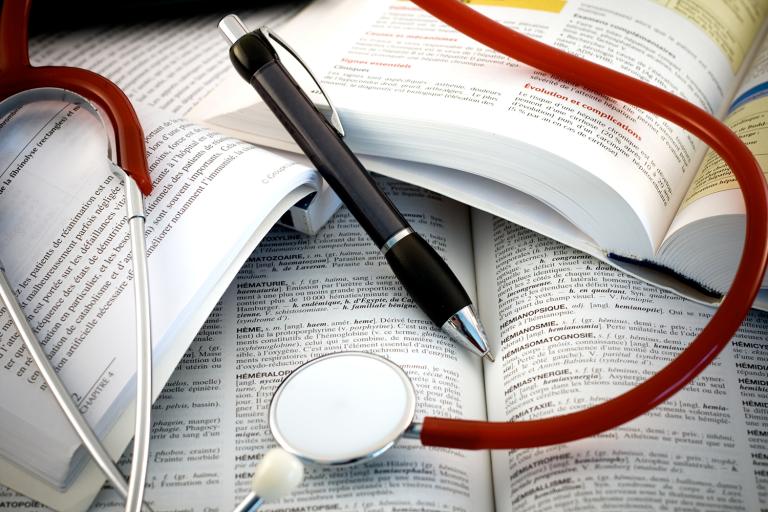Increasingly, scientific study summaries (called abstracts) and often the entire study (full text) are available for free and easily searchable and downloadable on the internet. PubMed is a free, searchable database of study abstracts provided by the National Institutes of Health. It’s incredibly useful but can be overwhelming for a newbie.
How to Search for Medical Studies
Start with simple key words, such as one common name or the Latin name. Then try adding a single word for the health concern. (So, ginkgo anxiety, for example.) Change it up to see what gets you the right kind of “hits.”
-
Limit The Results
Once you’ve begun your search, you can use NCBI filters to narrow it down to the more useful studies. I like to click on any or all of the following.
-
Clinical Trial (Good)
Typically a human clinical trial where an intervention is introduced to assess whether or not it has an effect and what kind of a direct effect it has (this shows or suggests causation).
-
Randomized Controlled Trial (Better)
Typically a human clinical trial in which one group receives an intervention and the other group gets no intervention or a placebo.
-
Meta-Analysis (Best)
A review of multiple clinical trials, typically for a specific health concern.
-
Systematic Review (Best)
Another type of review of clinical trials, similar to a meta-analysis.
-
Review (OK)
Includes all reviews including “literature reviews” that are broader and include traditional literature, lower quality lab and animal studies, population epidemiological studies, and the aforementioned higher quality studies. These are often funded by product companies.
-
-
Get The Full Text
Some abstracts are better than others in terms of the level of detail provided.
Getting access to the free full text (whole study) for any intriguing studies will help you get more data such as useful charts, tables, and figures, greater detail on the type of extract used, etc. This is especially true for review studies, for which the extracts might be vague.
-
Check Free Resources
You can often find the full text for free. More than half the time, I can get the free full text via PubMed, Google Scholar, or the medical journal where it was published.
First see if PubMed will link you through to the full text for free via PubMed Central (PMC) or the journal link in the upper righthand corner of the abstract page.
But even if PubMed does not provide you a free full text link, you might still be able to get the full text elsewhere. Check Google Scholar and copy/paste the study title. Sometimes a PDF will show up in the right column of the search results in [PDF] format.
-
Contact The Researcher
If you’re not in a rush, you may be able to email the scientists directly (via ResearchGate.net or the contact info listed on the abstract) and ask them to send you a copy.
-
Check The Library
Check out your alma mater or a medical library. If it’s a popular medical journal, you may have access through your alumni association/college/university or be able to walk into a nearby medical library.
-
Pay For It
If it’s not free and you’re really interested in reading the full text, you can pay a fee to gain access via the medical journal.
-
How to Read and Interpret Medical Studies
Science can sometimes feel like a whole other language! It helps to look at human studies, which are more clinically relevant to real life, more scientifically valid, and easier to read and understand.
Skim first, to get a vibe on the study, versus trying to understand every word. Read deeper into the aspects that seem of greatest interest.
I like to know what form, duration, and dose was used; what the placebo/control group received; what population was studied; and what kind of results they saw.
The “results” section usually has raw data summaries, charts, tables, and figures.
- Be aware that the +/- is simply the standard deviation in numbers (so just look at the number in front of the +/- for the average).
- Statistical terms like P Value and Relative Risk can take a little more education to understand.
- On your computer, use the “find” feature to search for specific key words and to determine what various abbreviations stand for.
- Do a Google search for medical terminology you don’t understand that seems important.
Additional Resources
If all this seems overwhelming, you can try services that collect and summarize the data for you. Here are some of the best-known ones for natural medicine studies.
-
Memorial Sloan Kettering
Their “Search About Herbs” database provides profiles of many herbs and dietary supplements that are detailed, even-keeled, and fully annotated with the data/study source. It’s one of my favorites!
-
Aisle7 / HealthNotes
They offer more simplified, basic, and herb-friendly summaries. It will be biased toward herbs and dietary supplements due to the way in which it’s funded.
-
A.D.A.M.
They have nicely detailed profiles organized by health concern, by herb, or by dietary supplement. It can be conservative and overly cautious on risks, but the level of depth on medicinal uses and science summaries is nice.
-
Medline / NCCIH
The National Center for Complementary and Integrative Health is run by the US National Institutes of Health, but it and Medline are not my favorite because it tends to be highly biased against herbs and supplements, overemphasizing the risks and de-emphasizing even strong research to support them.
-
American Botanical Council HerbalGram
Their website provides a wealth of free and paywalled info, HerbalGram journal articles, Herb Clip summaries of herbal studies, HerbMed Pro plant profiles (those via Adopt-An-Herb are free), and more.
It will be more pro-herb because of the way in which it’s funded.
Its mailing list is free and great to keep tabs on the latest pop and medical herb news as well as new studies and free articles.
Personal Practice
Science is far from perfect—it’s just one tool in the toolkit, highly myopic, and generally unable to look at individual and customized care based on nuanced variables such as genetic variations, ancestry, energetics, and constitution that might play a role in what does or doesn’t work for the individual.
While scientific studies aim to be less biased, bias and fraudulence can still exist.
Also value the expertise of skilled clinicians, herbalists, and naturopathic doctors, history of use, traditional use, and your personal experience when learning and evaluating what might work best for you.
Even though science seeks to weed out bias and fraudulence, plenty of low-quality biased studies still exist with agendas to prove that something does or doesn’t work.

